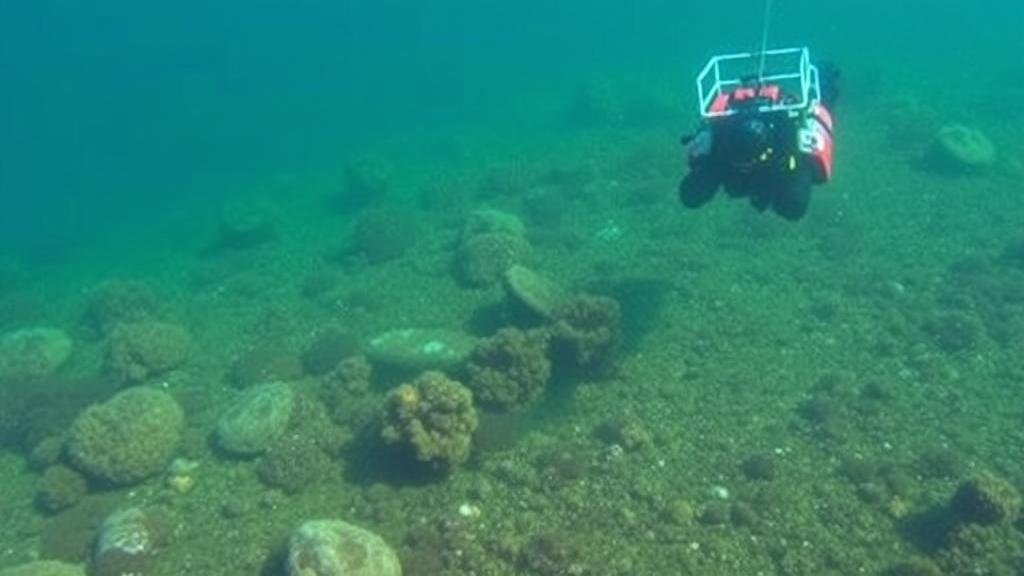Tracing Disused Port Facilities for Submerged Coastal Artifact Finds
Tracing Disused Port Facilities for Submerged Coastal Artifact Finds
The preservation and study of submerged coastal artifacts are essential for understanding historical maritime activities. Disused port facilities, often laden with archaeological potential, serve as a vital element in this endeavor. This article examines the techniques and methodologies employed to trace these facilities, evaluates their significance in archaeological research, and discusses the implications for future studies of submerged coastal artifacts.
Historical Context of Disused Port Facilities
Throughout history, coastal port facilities have served as hubs of trade, military activity, and cultural exchange. Facilities such as the Port of Alexandria in Egypt, established in the 4th century BCE, highlight the centrality of maritime access in ancient economies. Over time, many of these ports fell into disuse due to sedimentation, changing trade routes, and technological advancements in shipping. By understanding the historical narratives of these disused ports, researchers can illuminate the context surrounding submerged artifacts.
Methodologies for Tracing Disused Port Facilities
A variety of methodologies can be employed to trace disused port facilities effectively. e techniques can be categorized into three main areas: historical research, geospatial analysis, and underwater surveying.
- Historical Research: The study of historical maps, documents, and shipping logs is fundamental. For example, the investigation of 18th-century British Admiralty maps has provided insight into the former locations of ports such as those on the Atlantic coast of North America.
- Geospatial Analysis: Utilizing geographic information system (GIS) technology assists researchers in visualizing the spatial relationships between historical maps and contemporary coastal environments. This method allows for the identification of potential submerged structures.
- Underwater Surveying: Techniques such as remote sensing and sonar mapping are crucial for locating submerged artifacts. A notable example is the use of multibeam sonar in the investigation of the submerged port of Olbia, Italy, which revealed remnants of jetties and storage facilities.
Significance of Submerged Coastal Artifacts
The artifacts discovered at the locations of disused port facilities significantly contribute to our understanding of historical maritime practices. These items can include shipping containers, personal belongings, and structural remnants that provide insight into the daily lives of people in maritime societies.
For example, excavations at the ancient harbor of Caesarea Maritima in Israel unearthed a trove of artifacts, including amphorae used for shipping wine and oil, dating back to the Roman era. Such findings demonstrate the economic and cultural interchanges inherent in ancient maritime trade.
Challenges in Tracing Submerged Facilities
Despite the promising potential of submerged archaeological sites, several challenges complicate the tracing of disused port facilities. e include:
- Environmental Factors: Tides, sedimentation, and marine life can obscure or damage underwater archaeological sites. For example, the rapid erosion along the coast of the San Francisco Bay has led to significant loss of historical artifacts.
- Legal and Ethical Considerations: Salvage laws and ownership issues often arise when conducting underwater research. A case in point is the ongoing legal disputes concerning the artifacts recovered from shipwrecks in the waters off Florida, which involve considerations of cultural heritage and property rights.
Real-World Applications and Future Research Directions
The methods of tracing disused port facilities have tangible applications in both archaeological research and heritage management. For coastal communities, understanding their maritime heritage can promote tourism and educate the public about historical significance. Coastal management policies can also benefit from insights gained through such archaeological efforts, helping to protect and preserve vulnerable underwater sites.
Future research should focus on integrating advanced technology such as artificial intelligence and machine learning to analyze large datasets from geospatial studies. Also, collaboration between archaeologists, marine scientists, and local communities can foster a more comprehensive understanding of submerged cultural resources.
Conclusion
The tracing of disused port facilities plays a critical role in unveiling the stories of submerged coastal artifacts. By employing diverse methodologies such as historical research, geospatial analysis, and underwater surveying, researchers can uncover vital insights into our shared maritime heritage. Moving forward, addressing the challenges inherent in underwater archaeology and fostering interdisciplinary collaboration will be essential for advancing this field of study.



